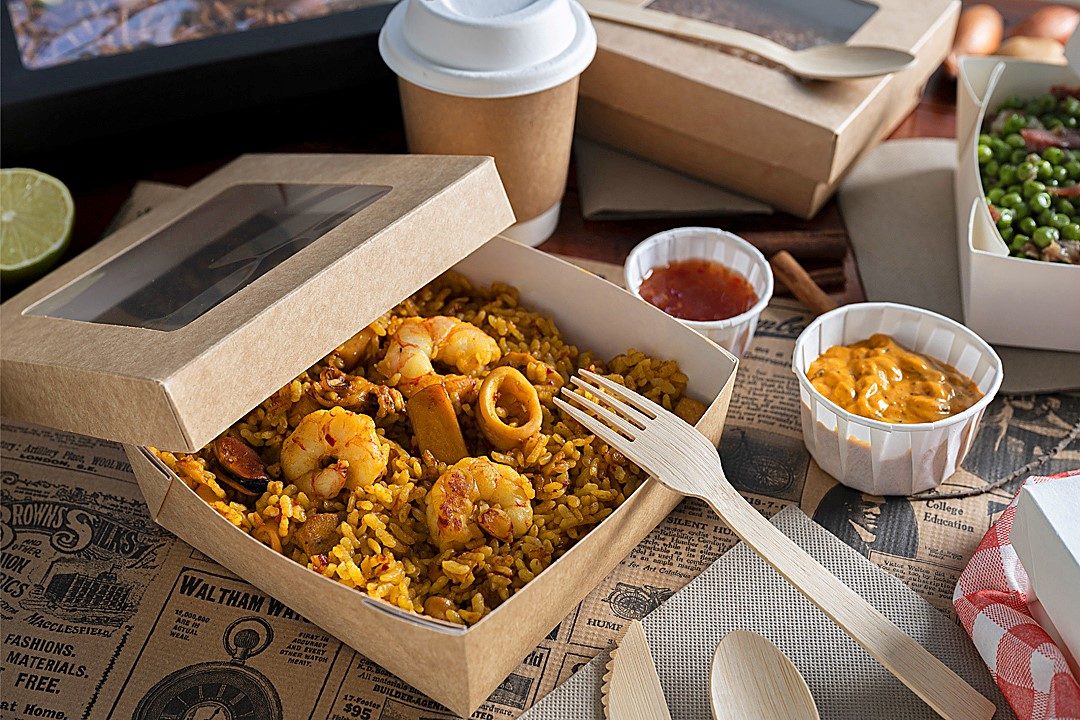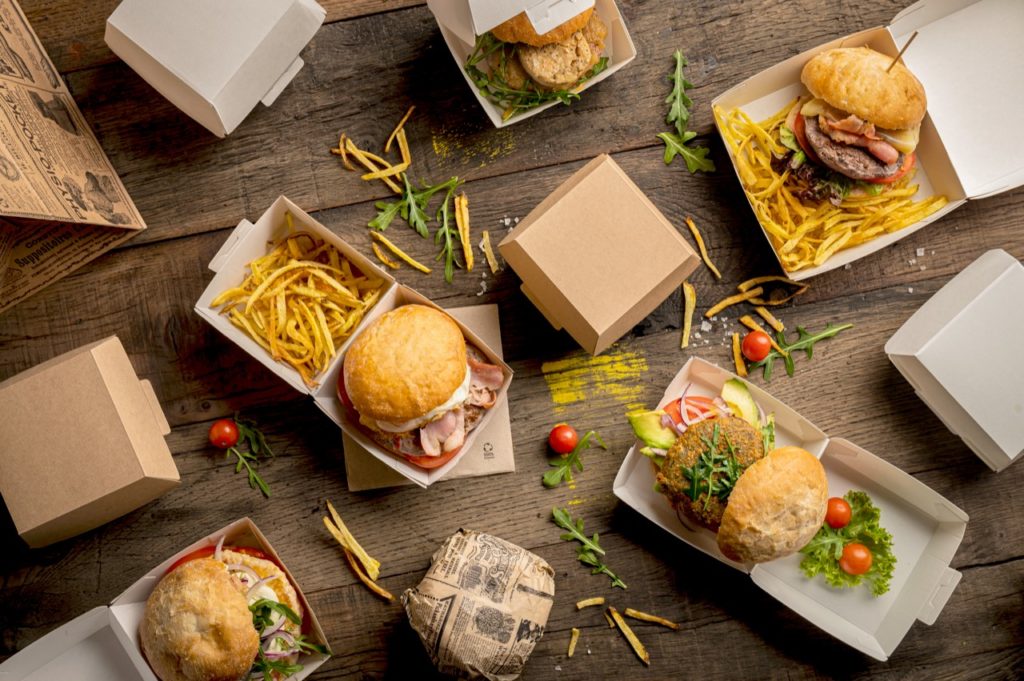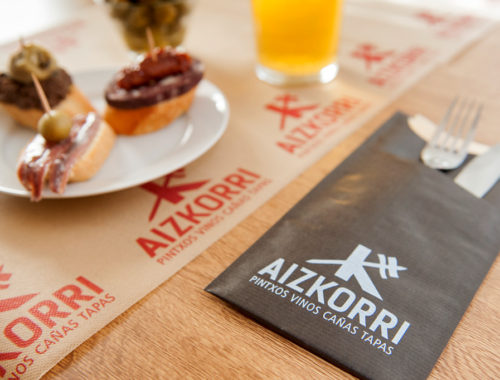One of the dilemmas that hospitality owners face, from an environmental point of view, is whether it is better to use reusable or single-use tableware in their businesses. A priori, the use of reusable packaging might seem to favour a circular economy. But a thorough life-cycle analysis of different packaging, commonly used in quick-service establishments, shows that the environmental footprint of single-use packaging is smaller and therefore contributes to a more sustainable world.
The Danish consultancy Ramboll has, over the course of a year, compared the use of packaging in fast food restaurants across Europe. Boxes, plates, cutlery, glasses and all packaging used to consume the food on the premises. On the one hand, we have businesses that use reusable packaging made of plastic, ceramic, glass and metal, and on the other hand, businesses that use single-use packaging made of paper and cardboard.
The first factor taken into account to determine the environmental impact of each is the treatment given to each type of packaging during its use. In the case of disposable paper and cardboard, the process is as follows: once used, the packaging is deposited in containers for subsequent recycling. Reusable packaging, on the other hand, is collected and washed. And that is the first problem. The water required for cleaning, the energy consumed, the use of soaps, the rinsing and drying of all the crockery, all result in CO2 emissions into the atmosphere amounting to more than 20 metric tonnes. The considerable expenditure of drinking water is also detrimental to sustainability, at a time when water scarcity is the main focus of environmental policies.
Source: García de Pou.
Secondly, the manufacturing process of both groups of packaging has been compared. To manufacture the paper and cardboard packaging used during the year, it is estimated that 13.5 metric tons of CO2 were emitted into the atmosphere. For plastic, ceramic, glass and metal, the figure is 3.5 metric tonnes. But the difference is that while the reusable packaging required the use of fossil fuels, metals and sand, all of which are non-renewable natural resources, the paper and cardboard packaging was made from a renewable source, wood, almost entirely from sustainable forests. Forests that are responsibly managed to ensure their reforestation.
Finally, it has also been taken into account that, at the end of their useful life, paper and cardboard packaging is mostly recycled into new packaging, which contributes to the circular economy. This also leads to significant savings in CO2 emissions. Reusable packaging, on the other hand, is made of materials that are difficult to recycle, such as ceramics, glass or plastic. Some are even impossible to recycle and end up in landfills or in our seas.
Source: European Paper Packaging Alliance (EPPA).
The study has been independently assessed by the German certifying body TÜV (Technischer Überwachungsverein) to verify that the tests carried out are meaningful and verifiable. In fact, it is the most comprehensive study on this subject to date and highlights other relevant aspects, which also tip the balance in favour of single-use packaging.
For example, paper fibres can be recycled up to 7 times on average. In Europe, paper and cardboard packaging is the most recycled, with a recycling rate of 85.6%. The production of paper and cardboard packaging reduces the acidification of the earth by 1.7 times compared to the production of reusable packaging. Emissions of acidifying substances into the atmosphere, such as sulphur dioxide and nitrogen oxide, come mainly from the burning of fossil fuels used in the manufacture of plastic packaging. These chemicals end up affecting soil and surface water, damaging ecosystems and contributing to the greenhouse effect.
In short, the data turns a popular belief into a myth and leave no room for doubt as to which is the most sustainable option. According to the study, single-use packaging emits 2.8 times less CO2, consumes 3.4 times less fresh water, uses 3.4 times fewer fossil fuels and produces 2.2 times fewer fine particles in the atmosphere. This is more than enough data for us to opt for the use of single-use packaging in the catering industry. Products that are also more hygienic and manufactured closer to home.





